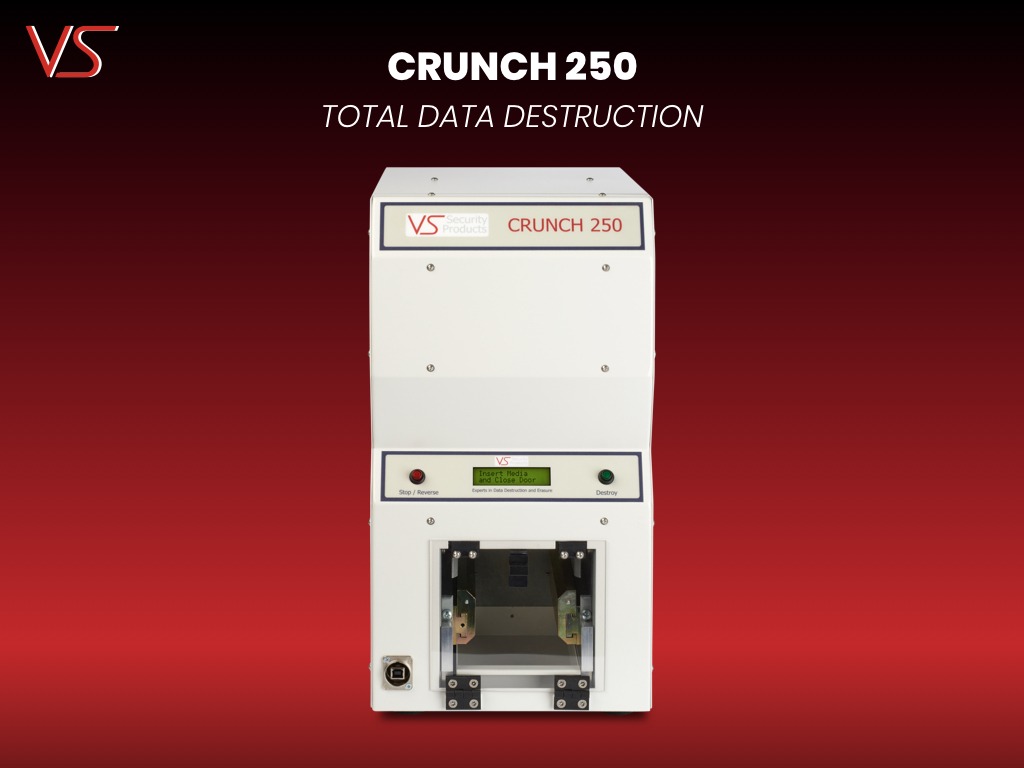Why Data Destruction is Vital for IP Protection

In today’s knowledge-driven economy, intellectual property (IP) is the cornerstone of a company’s competitive edge. Trade secrets, formulas, designs, and proprietary software — these intangible assets fuel innovation and define market success. Protecting them from unauthorized access is paramount, and a critical piece of that puzzle lies in a seemingly mundane task: data destruction.
While firewalls and encryption are essential lines of defense, discarded electronics harbor a persistent threat. Hard drives, even those deemed “wiped” with formatting tools, can often be recovered by data forensics experts, exposing sensitive information to prying eyes. This is where secure data destruction steps in, acting as a final safety net to ensure your IP remains truly out of reach.
Why Software Wiping Falls Short
Many businesses mistakenly believe that simply formatting a hard drive or using data wiping software is sufficient. Unfortunately, these methods often leave remnants of data vulnerable to data recovery specialists. Formatting typically only rewrites the directory table, essentially marking the data as “available” for overwriting, but the actual data remains intact. Wiping software attempts to overwrite existing data with random characters, but sophisticated recovery techniques can sometimes reconstruct the original content.
Degaussing + Physical Destruction: The Unbreakable Combination
For comprehensive IP protection, a two-pronged approach is recommended: degaussing followed by physical destruction. Degaussing involves exposing the storage media to a powerful magnetic field, effectively scrambling the data on the drive. This process is irreversible, rendering the information unrecoverable. However, physical destruction adds another layer of security. By physically shredding or crushing the hard drive, any residual data fragments are rendered permanently inaccessible. This combined method offers the highest level of assurance that your intellectual property will remain confidential.
The High Cost of IP Theft
The consequences of failing to adequately protect your IP can be devastating. A data breach exposing trade secrets can lead to:
- Loss of Competitive Advantage: If a competitor gains access to your proprietary information, they can quickly replicate your product or service, eroding your market share and profitability.
- Financial Damages: Lawsuits and settlements arising from IP theft can be financially crippling.
- Damage to Reputation: A data breach can seriously harm your company’s reputation, jeopardizing customer trust and future partnerships.
Industries Particularly Vulnerable
Certain industries are especially reliant on robust IP protection strategies. Companies in sectors like pharmaceuticals, biotechnology, software development, and advanced manufacturing hold highly valuable trade secrets and technical data. A single data breach could have a crippling effect on their competitive edge and future prospects.
Beyond Compliance: A Proactive Approach
Beyond legal compliance with data protection regulations like GDPR, data destruction demonstrates a proactive commitment to safeguarding your intellectual property. It sends a clear message that your company takes information security seriously and prioritizes the confidentiality of its valuable assets. This proactive stance can also enhance your reputation as a trustworthy partner, potentially attracting new business opportunities.
Implementing a Secure Data Destruction Policy
Creating a comprehensive data destruction policy is essential. This policy should outline:
- Data Classification: Classify data based on its sensitivity and the level of protection required.
- Data Retention Schedule: Establish clear guidelines for how long different types of data must be retained and the appropriate disposal method at the end of its lifecycle.
- Vendor Selection: Choose a reputable data destruction service provider with a proven track record of secure practices and certifications or work with a trusted supplier to build your own in-house data destruction capability.
- Verification and Reporting: Require documented proof of data destruction from the service provider or from your internal team.
The Secure Chain of Destruction: Steps
Following a well-defined workflow ensures every step of the data destruction process is transparent and accountable. Here’s an example:
- Secure Collection: IT personnel carefully remove the targeted hard drives from their systems, maintaining a documented chain of custody throughout the process. These drives are then placed in tamper-evident containers for secure transport to a data destruction facility or an on-site facility.
- Degaussing with Confidence: Upon arrival, the drives enter a secure processing area. Here, a technician utilizes a powerful device like the DataGauss Max, which generates a powerful magnetic field to thoroughly degauss each drive. This process is documented and verified, ensuring complete data erasure using a software like the Data Destruction Auditor.
- Final Curtain: The NSA-Listed Crunch 250: Once degaussed, the drives are fed into an industrial hard drive destroyer like the NSA-Listed Crunch 250. Our heavy-duty machine destroys the drives so that they cannot be reused. The entire destruction process is monitored and recorded, providing a verifiable audit trail for complete peace of mind.
In today’s digital age, where information is a powerful currency, data destruction is not merely an option; it’s an essential investment in your company’s future. Remember, a secure data environment around your ideas is vital to ensure they continue to fuel your success.
Photo credit: This Is Engineering


